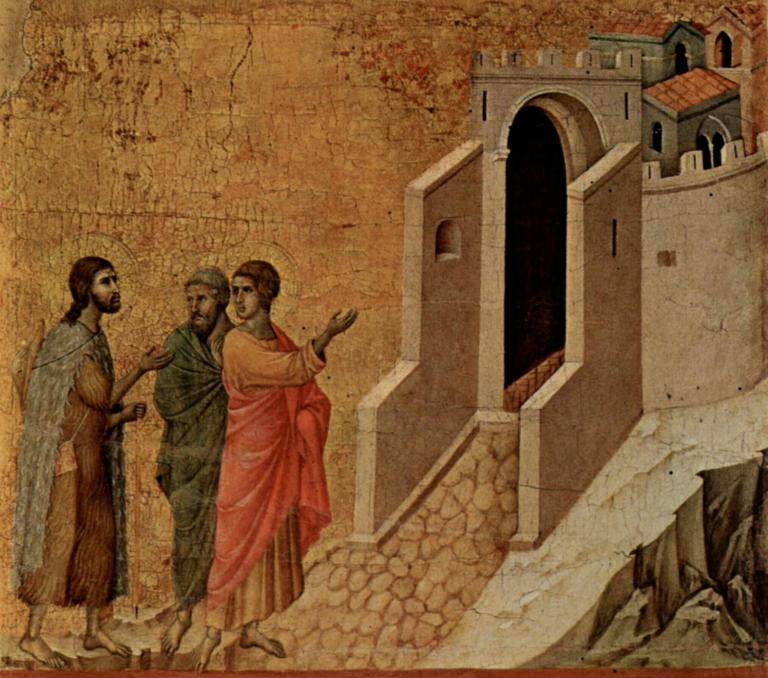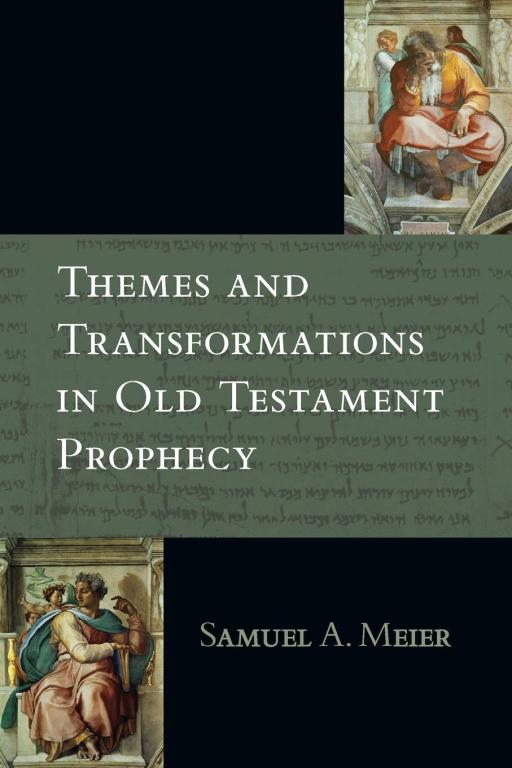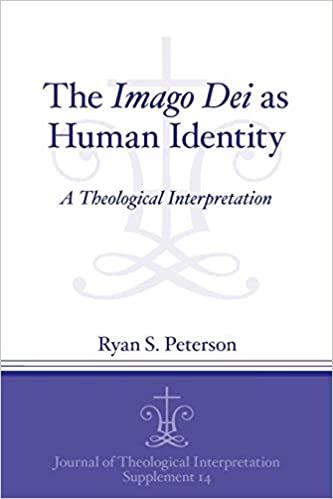
Originally posted on my previous blog in December, 2009.
We are into the third week of Advent, with Christmas less than a couple weeks off. So I wanted to take a brief look at the Gospel of Luke, and particularly at Luke’s theme of Jesus as the Bread of Life.
Luke never actually calls Jesus “the bread of life”—that title comes from John’s Gospel. But the theme of Jesus and His relationship and identification with bread runs deep through Luke’s account, with stories like the feeding of the five thousand, the comparing of the kingdom to leaven, etc. In fact, the Gospel of Luke is bookended by stories that relate to bread.
At the end of Luke’s gospel we have the story of Jesus meeting the disciples on the road to Emmaus. The crucifixion has taken place just a few days prior, and two disciples are returning home from Jerusalem, somber for the events of the past week. Jesus meets them on the road and expounds the entire Scripture to them and how the witness of the prophets made it plain that the Messiah must die and rise again on the third day.
Even so, they don’t really get it until Jesus administers to them the first Eucharist after the institution at the Last Supper. He takes bread, blesses it, breaks it, and gives it to them. That’s when their eyes are opened. Jesus is here! He is present with us now in the breaking of bread. It is the first anamnesis, and the disciples immediately recall what is meant by this ritual action. Apart from the berakah, there are no words spoken by Jesus here. It is the action itself that is the memorial—that reveals Christ to them and makes present the moment when he first took bread and said “This is my body, which is given for you.”
By now, Jesus has vanished, but his disciples have gotten the point. So they do exactly the same thing that we are commissioned to do after every observance of the Supper—they return to Jerusalem, proclaiming the good news of Christ’s resurrection:
Then they told what had happened on the road, and how he was known to them in the breaking of the bread.
Luke 24:35
In the same way, Jesus is known to us also in the breaking of bread. It is Luke’s final lesson to us (until we get to Acts, where there is much more breaking of bread).
But back to our Advent/Christmas theme. The story of the disciples on the road to Emmaus is the climax of Luke’s gospel. It’s the realization of what he foreshadowed at the beginning of his account. It is not insignificant for Luke that Jesus is born in a town called Bethlehem—the house of bread. Matthew also records that Jesus is born in Bethlehem, but he is more focused on how the birth in Bethlehem fulfills the Old Testament prophets, and makes less of the name itself.
Luke, on the other hand, leaves aside the prophets for a moment to set out for us the scene of Jesus’ birth. He first gives an extended account of what brought Mary and Joseph to this remote town, and then, in case we missed the significance of the town’s name, he includes the detail of Mary laying Jesus in a feeding trough (Luke 2:7). The point is repeated and emphasized when the angels proclaim the good news to the shepherds. “This will be a sign for you: you’ll find a baby . . . lying in a feeding trough” (v.12). Wait . . . that’s a sign? A sign of what? Again a third time, in case our wits are slow, Luke tells us: “They went with haste and found Mary and Joseph, and the baby lying in a feeding trough” (v.16).
In Bethlehem. In the house of bread. So, have we got it yet?
Sources and additional reading:
LaVerdiere, Eugene. 2008. The Firstborn of God. Chicago: Liturgy Training Publications











